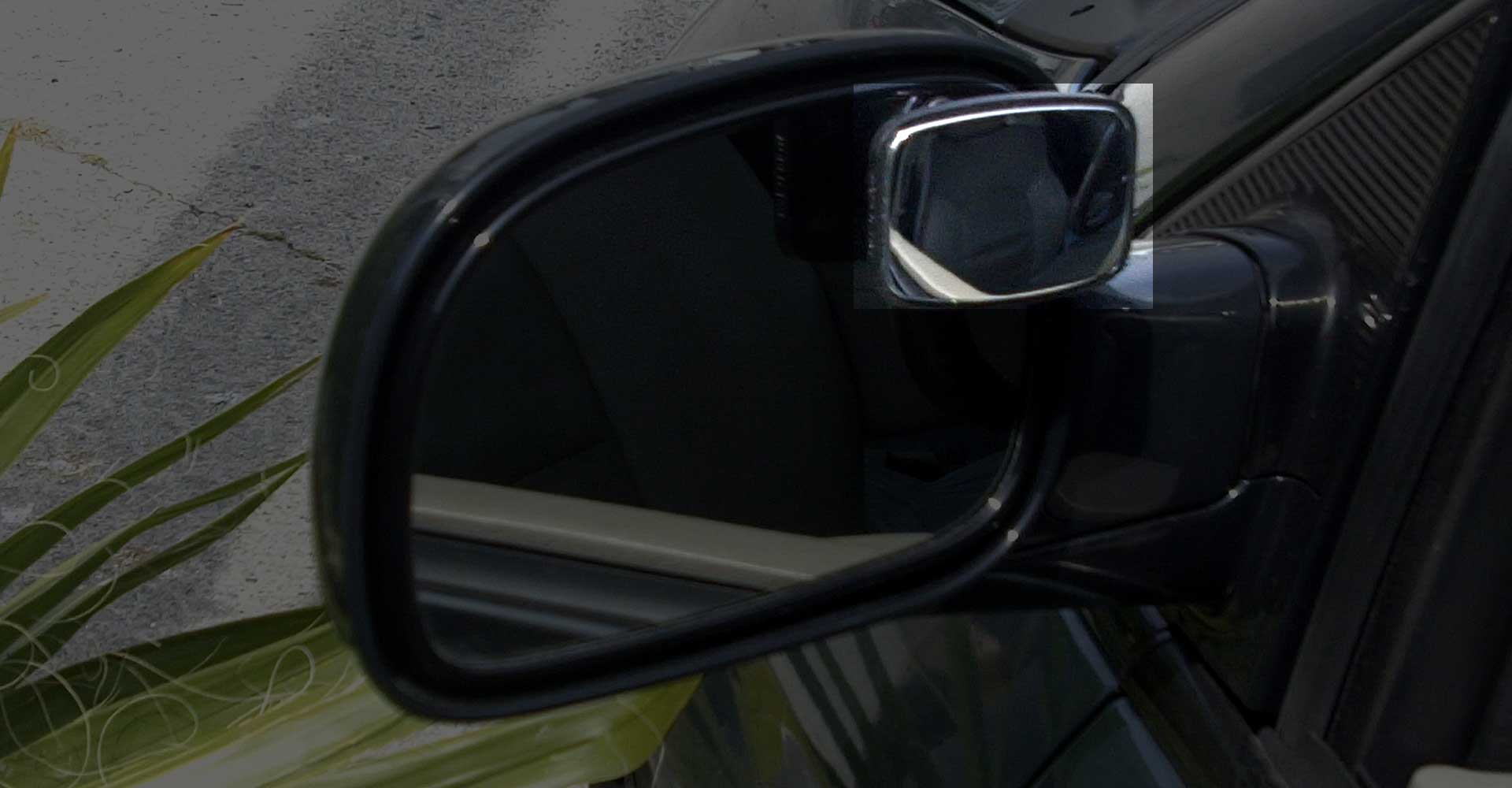
A blind spot can basically be defined as the area around and behind the vehicle that cannot be clearly observed by the driver through the side mirrors while driving. Every car has its range of blind spot for example a truck has a wider and bigger blind spot than a small car. Other motorized crafts like motorboats and aircrafts have blind spots too. The need to ensure that you have a good view of other drivers to avoid collisions is adversely affected by the blind spot. You also need to ensure that you stay out of other drivers’ blind spot. Just like poor eyesight, blind spots can be very dangerous to motorists. There have been cases blind spots in SUVs causing drivers to run over small children while reversing. The blind spot of tractor trailer usually conceals many vehicles on its rear which is a potential condition for accidents. An area where blind spots have led to near misses and collisions is when drivers attempt to change lanes on the highway. Many drivers will often turn their heads backwards to check their blind spots but in the process lose concentration of what lies ahead.
Fortunately, with a blind spot mirror you don’t need to turn your head to check backwards. The blind spot mirror is more technologically advanced than fish-eye mirrors because it does not give distorted images like the fish-eye types do. It is optically engineered to provide the driver with a realistic, distortion-free image. Its surface curvature is the same as the 8 ½ inch truck side mirror giving it the capability to show images that are two and a half times larger than you would get in a bubble type side mirror.
To combat the problem of blind spot and reduce your chances of collisions on the road, the blind spot mirror is the best solution.
